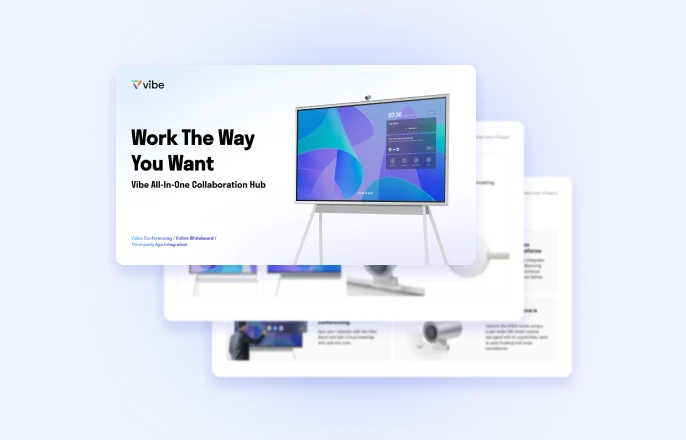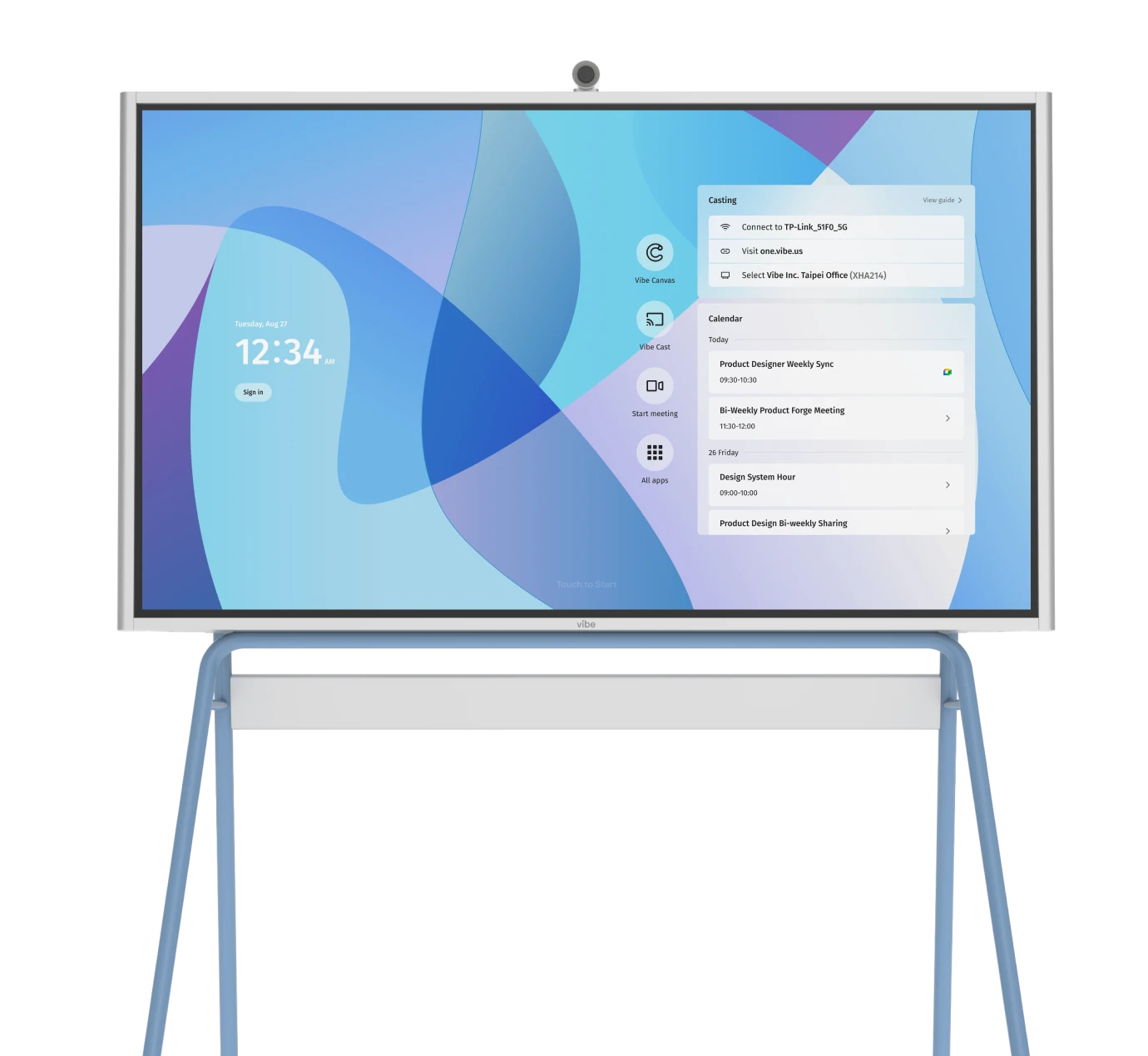The difference between sales professionals and organizations who consistently close deals and those who struggle often comes down to one critical skill: mastering the discovery call. This initial conversation with prospects sets the foundation for every successful sales relationship, yet many salespeople approach it without the strategic framework needed to maximize results.
Whether you’re a seasoned sales veteran or just starting your career, understanding how to conduct an effective discovery call can transform your conversion rates and accelerate your path to quota achievement. The stakes are high—research shows that only 13% of buyers feel salespeople truly understand their needs, highlighting a massive opportunity for those who get discovery calls right.
What is a Discovery Call?
A discovery call is the first structured conversation between a salesperson and a potential prospect, designed to uncover the prospect’s specific needs, challenges, and goals while determining mutual fit for a potential business relationship. This conversation typically occurs after initial interest has been expressed but before any product demonstrations or formal sales presentations take place.
Unlike cold calls or initial outreach, the discovery call happens when both parties have agreed to explore a potential partnership. The prospect has already shown some level of interest in your solution, making this the perfect opportunity to dive deeper into their situation and assess whether your offering can genuinely solve their problems.
The discovery call serves as a bridge between initial contact and the formal sales process. It’s your chance to move beyond surface-level conversations and understand the real drivers behind a prospect’s interest in your solution. This understanding becomes the foundation and sets the precedence for every subsequent interaction in the sales cycle and will often measure the success of your future client relationship management.

Why are Discovery Calls Needed?
Many salespeople make the critical mistake of jumping straight into product demonstrations without truly understanding their prospect’s situation. This approach is like a doctor prescribing medication without first diagnosing the patient’s condition—it’s ineffective and ultimately harmful to the relationship.
Discovery calls prevent this common pitfall by ensuring you have a complete picture of the prospect’s needs before presenting your solution. They help you avoid the trap of delivering generic presentations that fail to resonate with the prospect’s specific challenges and goals.
The discovery call process also helps establish your credibility as a consultative partner rather than just another vendor pushing a product. When prospects feel heard and understood during this initial conversation, they’re more likely to view you as a trusted advisor who can help them achieve their objectives.
Perhaps most importantly, discovery calls help you qualify prospects early in the process. Not every interested prospect will be a good fit for your solution, and identifying mismatches early saves time and resources for both parties. There are often prospects that won’t be a good fit for what you’re selling, making qualification a critical component of sales efficiency.
Benefits of Sales Discovery Calls
The strategic value of well-executed discovery calls exceeds just information gathering. These conversations deliver benefits that compound throughout the entire sales process, creating a foundation for successful long-term partnerships:
-
Quickly Identify Qualified Leads – Discovery calls serve as your first line of defense against wasting time on unqualified prospects by asking targeted questions about budget, timeline, decision-making authority, and specific needs. This qualification process helps you focus your energy on the most promising opportunities while gracefully disengaging from prospects who aren’t ready to convert.
-
Reveal Key Customer Pain Points – Discovery calls provide the perfect forum for uncovering not just what problems prospects are facing, but also the underlying causes and business impact of those challenges. This deeper understanding allows you to craft compelling value propositions that directly address their most pressing concerns.
-
Build Early Trust With Prospects – By asking thoughtful questions, listening actively, and demonstrating genuine interest in their success, you begin building the trust that will carry you through the entire sales process. When prospects trust you as an advisor, they’re more likely to share sensitive information that can give you a significant advantage over competitors.
-
Align Expectations From the Start – Discovery calls help you establish clear expectations about timeline, process, and outcomes from the very beginning of the relationship. This alignment prevents misunderstandings later in the sales process and helps ensure both parties are working toward the same objectives.

-
Position Yourself as a Trusted Advisor – The consultative approach required for effective discovery calls naturally positions you as a trusted advisor rather than just another salesperson. When prospects view you as a valuable trusted advisor, they’re more likely to involve you in strategic discussions and provide the access you need to navigate complex buying processes.
-
Increase Chances of Closing Deals – When you understand prospects’ needs, have built trust, and positioned yourself as an advisor, you’re much more likely to win their business and craft compelling proposals. The relationship-building aspect of discovery calls pays dividends throughout the entire customer lifecycle, leading to satisfied customers who provide referrals and expand their relationship with your company.
8 Tips for an Effective Discovery Call Process
Mastering the discovery call requires more than just showing up and asking questions. The most successful sales professionals follow a structured approach that maximizes the value of every conversation while building strong relationships with prospects. These eight proven strategies will help you conduct discovery calls that consistently impress and drive results.
1. Research the Prospect and Their Company Beforehand
Preparation is the foundation of every successful discovery call. Spending sufficient time researching your prospect and their company can dramatically improve your call quality and increase your close rate. This preparation allows you to ask intelligent, targeted questions rather than generic ones that waste everyone’s time and fail to impress.
Start by reviewing the prospect’s company website, recent news articles, and annual reports to understand their product or service, recent developments, and potential challenges they might be facing. Look into industry trends that could be impacting their business, as this knowledge allows you to position your solution as a relevant and timely answer to current market conditions.
Don’t forget to research the individual you’ll be speaking with. Review their LinkedIn profile and other social presences, recent posts, and any other publicly available information to understand their role, responsibilities, and professional background. This personal research helps you build rapport and tailor your approach to their specific perspective and priorities.
2. Set a Clear Agenda and Purpose Upfront
Starting your discovery call with a clear agenda demonstrates professionalism and respect for the prospect’s time, whether in person or a virtual meeting. Begin by introducing yourself and your company, then outline what you hope to accomplish during the conversation. This approach helps manage expectations and ensures both parties understand the call’s objectives.
A typical agenda might include learning about their current situation, understanding their goals and challenges, and determining if there’s a potential fit between their needs and your solution. Be sure to ask for their input on the agenda and remain flexible if they have specific topics they’d like to discuss.
Setting a clear agenda also helps you stay focused during the call and ensures you cover all the important topics. It prevents the conversation from wandering off-topic and helps you make the most of the limited time you have with the prospect.
3. Focus on Listening as Much as Talking
Top-performing sales representatives talk less than half of the time during discovery calls, spending the other portion actively listening to their prospects. This balance is crucial because the primary goal of the discovery call is to understand the prospect’s situation, not to pitch your solution.
Active listening involves more than just staying quiet while the prospect talks. Pay attention to not just what they’re saying, but how they’re saying it. Listen for emotional cues that indicate which challenges are most pressing or which goals are most important to them.
Practice techniques like paraphrasing what you’ve heard to confirm your understanding and asking follow-up questions to dig deeper into important topics. This approach shows prospects that you’re genuinely interested in their situation and helps you gather more detailed information about their needs.
4. Ask Open-Ended Questions to Encourage Feedback
The quality of your discovery call depends largely on the quality of your questions. Open-ended questions that encourage detailed responses are far more valuable than yes-or-no questions that limit the prospect’s ability to share important information. Instead of asking "Are you happy with your current solution?" try "What challenges are you experiencing with your current approach?"
Structure your questions to build on each other and create a natural flow of conversation. Start with broad questions about their business and goals, then narrow your focus to specific challenges and requirements. This approach helps prospects feel comfortable sharing information while ensuring you gather comprehensive insights. Remember that the best discovery calls feel like conversations, not interrogations. Work your questions naturally into the discussion and allow plenty of time for the prospect to elaborate on their responses. This conversational approach helps build rapport while gathering valuable information.
5. Validate and Acknowledge the Prospect’s Pain Points
When prospects share their challenges and concerns, it’s important to acknowledge and validate their experiences. Use phrases like "That sounds frustrating" or "I can understand why that would be a priority for you" to show empathy and build connection. Validation serves multiple purposes in the discovery call process. It helps build trust by showing that you understand and care about their situation. It also encourages prospects to share more detailed information about their challenges, as they feel heard and understood.
Don’t rush to present solutions immediately after hearing about a challenge. Instead, ask follow-up questions to understand the full scope and impact of the problem. This deeper understanding will help you position your solution more effectively later in the sales process.

6. Heavily Personalize the Conversation
Every prospect is unique, and your discovery call approach should reflect that reality. Use the research you conducted before the call to personalize your questions and comments. Reference specific challenges their industry is facing or recent developments at their company to show that you’ve done your homework.
Personalization extends beyond just using the prospect’s name or company name in your conversation. It means tailoring your entire approach to their specific situation, role, and priorities. A CFO will have different concerns than a VP of Sales, and your questions should reflect those differences. The more personalized your approach, the more engaged your prospect will be in the conversation. When prospects feel like you understand their unique situation, they’re more likely to open up and share the detailed information you need to move the sales process forward.
7. Summarize Key Points and Next Steps at the End
Before ending your discovery call, take time to summarize what you’ve learned and confirm your understanding with the prospect. This summary serves multiple purposes: it demonstrates that you were listening, it ensures you haven’t missed anything important, and it allows the prospect to clarify or add additional information.
Your summary should cover the key challenges they’re facing, their goals and priorities, and any specific requirements they’ve mentioned. This recap helps reinforce the value of the conversation and shows that you’re taking their needs seriously.
8. Schedule a Follow-Up Before Ending the Call
Never end a discovery call without scheduling the next interaction. Momentum is crucial in sales, and allowing too much time to pass between conversations can cause deals to stall or prospects to lose interest. Instead of leaving the follow-up scheduling to chance, propose specific times for the next conversation.
When scheduling follow-ups, offer three specific time options rather than asking when they’re available. This approach makes it easier for prospects to commit to a time and reduces the back-and-forth typically required for scheduling. The follow-up you schedule should have a clear purpose and agenda. Whether it’s a product demonstration, a meeting with additional stakeholders, or a deeper dive into specific requirements, make sure the prospect understands the value they’ll receive from the next conversation.

Top Discovery Call Questions
The quality of the questions you ask during your discovery call will determine the quality of information you gather and the strength of the relationship you build with the prospect. These nine questions are designed to uncover the insights you need to move deals forward while demonstrating your consultative approach:
-
What goals is your business trying to achieve right now?
This question helps you understand the prospect’s priorities and strategic objectives. Understanding their goals allows you to position your solution as a means to achieve those objectives rather than just solving problems.
-
What challenges or roadblocks are you facing?
This is where you begin to uncover the pain points that your solution might address. Listen carefully not just to what challenges they mention, but also to the emotion behind their responses, as this indicates which issues are most pressing.
-
What happens if you don’t solve these challenges?
This question helps quantify the cost of inaction and creates urgency around finding a solution. The prospect’s response will help you understand the true business impact of their challenges and the priority level for solving them.
-
Who is involved in the decision-making process?
Understanding the buying committee is crucial for navigating complex B2B sales processes. This question helps you identify all the stakeholders you’ll need to influence and understand the decision-making dynamics within their organization.
-
What solutions have you tried before?
This question provides valuable context about their previous experiences and helps you understand what hasn’t worked for them in the past. It also gives you insights into potential objections or concerns they might have about new solutions.
 A Vibe Board can help to make a visual discovery phone call.
A Vibe Board can help to make a visual discovery phone call.-
What is your budget for this project or solution?
While prospects may be reluctant to share specific budget numbers, this question helps you understand their financial parameters and ensures you’re proposing solutions within their range.
-
What concerns do you have about making a change?
This question uncovers potential objections early in the process, allowing you to address them proactively. It also shows that you understand change can be challenging and that you’re committed to helping them navigate any concerns.
-
What would success look like for you after solving this issue?
This question helps you understand their vision of the ideal outcome and allows you to position your solution as the path to achieving that vision. It also helps you understand how they’ll measure the success of any solution they implement.
-
Can we schedule a follow-up to discuss next steps?
This closing question ensures you maintain momentum and have a clear path forward. It also gives you an opportunity to propose the next logical step in the sales process based on what you’ve learned during the discovery call. Remember the most successful strategy is to offer a few select next meeting times rather than leave the option open ended!
Experience Smarter Discovery Calls with Vibe
While these techniques and questions provide a solid foundation, the right technology can take your discovery calls to the next level. Elevate your discovery calls from routine conversations into memorable, dynamic, and interactive experiences with the Vibe Board S1. This smart whiteboard brings visual collaboration to your sales process, helping you build stronger relationships with prospects while gathering deeper insights into their needs. Capture and visualize what prospects tell you in real-time, showing them you’re truly hearing their concerns, while pulling up industry-specific templates and frameworks tailored to their business during the conversation.
Vibe enables real-time brainstorming and problem-solving during your discovery calls, allowing you and your prospects to visualize challenges and explore solutions together on an infinite shared canvas. Integration with over 250 popular applications and conferencing platforms like Microsoft Teams and Google Workspace allows the Vibe Board to fit naturally into your existing discovery call workflow, whether you’re meeting in person or conducting virtual sessions. Cloud-based save functionality ensures that everything you create during your discovery call is automatically saved and can be easily shared with prospects after the conversation, providing them with tangible value from every interaction while maintaining momentum between calls.
Ready to revolutionize your discovery call process? Experience how the Vibe Board S1 can help you build stronger prospect relationships, gather better insights, and close more deals.
 Team using a Vibe smart whiteboard for making analysis during a client discovery call.
Team using a Vibe smart whiteboard for making analysis during a client discovery call.Discovery Call FAQs
Is there anything you should avoid in a discovery call?
Avoid dominating the conversation by talking too much – focus on listening actively and asking questions instead. Don’t use generic questions, be pushy or aggressive, or assume you know what the prospect needs without asking open-ended questions that encourage them to share their pain points.
How long should a discovery call last?
Discovery calls typically last 15 to 30 minutes, which provides enough time to ask the right questions and uncover key pain points. However, the quality of conversation matters more than length – some calls may be as short as 5 minutes if you quickly disqualify a lead, while complex enterprise discussions can extend up to 2 hours when treating it as a natural conversation.
What is the difference between a sales call and a discovery call?
Discovery calls focus on gathering information and understanding prospect needs through conversational, exploratory dialogue, while sales calls focus on pitching products and closing deals with more structured presentations. The outcome of a discovery call is typically a qualification decision and scheduling next steps, whereas sales calls aim to secure commitment and convert prospects into customers.
Is a discovery call an interview?
A discovery call is more like a collaborative conversation than a formal interview, involving open-ended questions that encourage prospects to share their experiences and business challenges freely. While it involves structured questioning to gather information, the tone should be conversational and relationship-building rather than the formal, evaluative nature of a traditional interview.








-1sbltxxq4FYxHrXrwJVLsCDNsXpqNa.webp)
-5Zp0pmSytvcuYDVs1LvuwplKuRneK0.webp)
